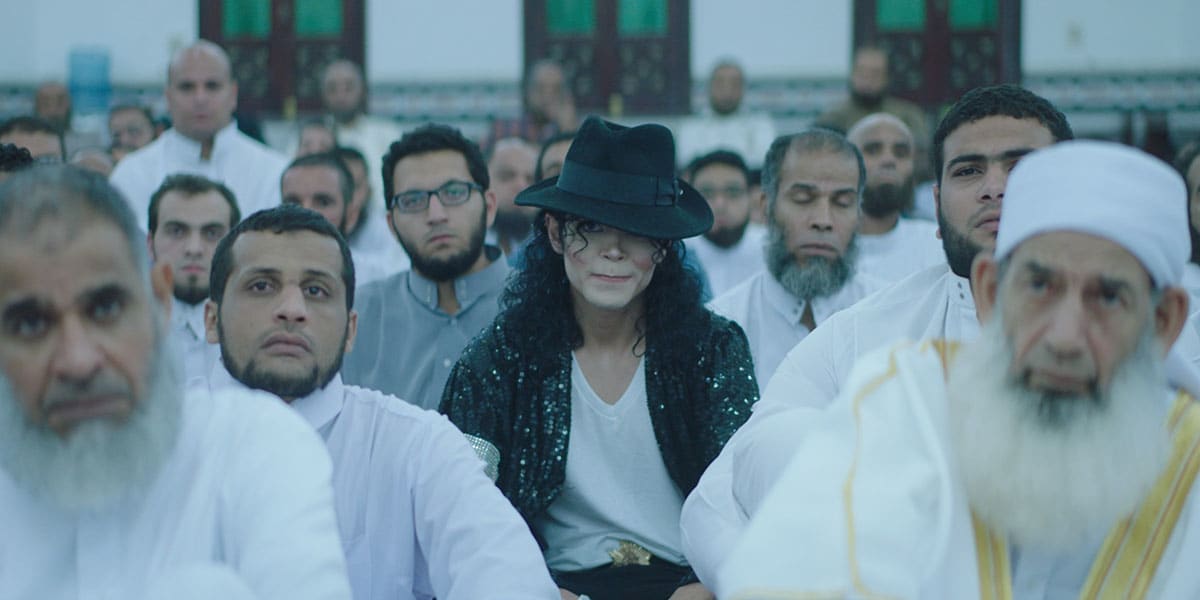

Robert Cenedella and I talk about his new film Art Bastard, how not to play the “art game,” the narrow minded establishment, and what isn’t art.
For more information on Art Bastard: IMDB, website.
Synopsis
In a madcap art world obsessed with money, fame and hype, how does an artist driven by justice, defiance and his own singular style thrive? Art Bastard is the rousing tale of a rebel who never fit into today’s art world, yet has become one of its most provocative, rabble-rousing characters.
At once a portrait of the artist as a young troublemaker, an alternate history of modern art and a quintessential New York story, Art Bastard is as energetic, humorous and unapologetically honest as the uncompromising man at its center: Robert Cenedella. Cenedella was a contemporary of Andy Warhol. But he has essentially served as the antiWarhol. His noisy, raucous, color-splashed paintings of city scenes approach the world with a sincerity that defies the irony, frivolity and controversy-for-the-sake-of-controversy that have become the cultural currency since the ’60s.
Yet, as Art Bastard reveals, Cenedella couldn’t be any more a product of these times. He was the son of a blacklisted writer, raised on crushed ’50s dreams. He’s been haunted by dark family secrets that had him questioning his identity. His passionate convictions started so young they got him kicked out of high school. Even when he found solace and expression in art, he was an unabashed outsider — never a gallery darling, not pursued by museum curators, but an artist who was going to have his say regardless of who was paying attention. Even so, over time, Cenedella’s vast canvases, rife with the chaotic beauty of politics, humor, history and humanity, drew admirers from all walks of society — even from the vaunted art patrons who rejected him.
In a fast-moving series of riveting interviews with family members, art critics, museum directors, New York power brokers, art students and Cenedella himself, director Victor Kanefsky candidly presents Cenedella’s personal journey — and reveals the creation of a modern art career that ignored all the modern art rules.
Biography
Robert Cenedella is a master of pictorial satire and fantasy, justly celebrated for his paintings revealing all aspects of big-city life. As part of New York’s art community for over four decades, he paints everything and everybody from cameo likenesses of celebrities to those of the common man. His pictures of subways, symphonies, sports arenas, street scenes and drinking establishments are quintessentially New York.
M. K. Flavell, in George Grosz: A Biography, said of Mr. Cenedella that, “no other artist chronicles the everyday life and the changing rituals and mythologies — of sex, sport, art, politics, money-making in contemporary America, with his combination of imaginative vitality, precision, and humor.”
Massachusetts-born, the artist has lived most of his life in New York. At an early age, he began studying with George Grosz at the Art Students League of New York, and then with Marshall Glasier.
He has had one-man shows throughout the United States and Europe. His first Berlin exhibition, “In Search of DADA,” was in 1994, and coincided with the George Grosz Centennial Exhibition at the National Galerie in Berlin. He returned to Germany in October 2006 for a oneman retrospective at the Otto-Nagel Galerie, also in Berlin. His renowned mural of the original Le Cirque restaurant in New York City, “Le Cirque – The 1st Generation,” is currently installed at the restaurant’s new location on East 58th Street. Other notable murals include “Mi Casa, Su Casa” for Bacardi International, “Tony Randall’s World,” commissioned by the late Tony Randall for former League model Heather Randall, and his “Absolut Cenedella” commissions. These, along with Cenedella’s other works, can be seen on his website: www.rcenedellagallery.com.
Cenedella feels that drawing is the most demanding and most disciplined endeavor for any student to undertake, but also the most rewarding. He trains each student to acquire a basic skill in drawing the human figure, no matter what the eventual style or mode of expression may be. Cenedella believes the ultimate goal is to be able to “think” with the hand.
He continues the large format concept of drawing passed down from Grosz.







 Facebook
Facebook Twitter
Twitter YouTube
YouTube